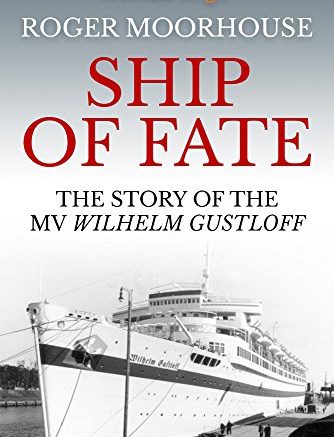What was the greatest maritime disaster in history? The Titanic? Not even close. It was the German cruise ship Wilhelm Gustloff, with over 10,000 people on board — some 9,000 of whom died in the disaster.
In this short book, Roger Moorhouse expertly tells the story of the ship and its terrible fate. The Gustloff was built to offer holiday cruises for German workers through their Strength through Joy movement set up by the state-controlled labour front that replaced Germany’s trade unions after the Nazis came to power. For a few years, the ship carried workers and their families around Europe, to see the fjords of Norway or the Mediterranean Sea. But with the onset of war, the ship became a floating barracks for U-boat crew who were learning their trade in the Baltic sea.
It was sunk by torpedos fired by a Soviet submarine in early 1945. Though Moorhouse is unsparing in his depiction of the horror — babies swept away from their mothers in the waves, hundred of young women drowned in a part of the ship they could not escape, people shooting themselves rather than facing an icy death in the freezing Baltic waters – he is also clear about one thing: this was NOT a war crime. The ship was not displaying the Red Cross symbol, and in addition to carrying refugees fleeing the advancing Red Army, it also carried German military personnel.
It was interesting to learn how much the Germans themselves didn’t want to talk about this, not during the war but also not for many years after, for different reasons. The Soviets were not keen to talk this up either, and for decades denied giving the country’s highest honour to the submarine commander who sank the Gustloff. It has taken the passage of many years, and the changing attitudes towards history in both Germany and Russia, for the story to begin to come out.
An excellent, concise telling of a largely-forgotten episode from the Second World War.
